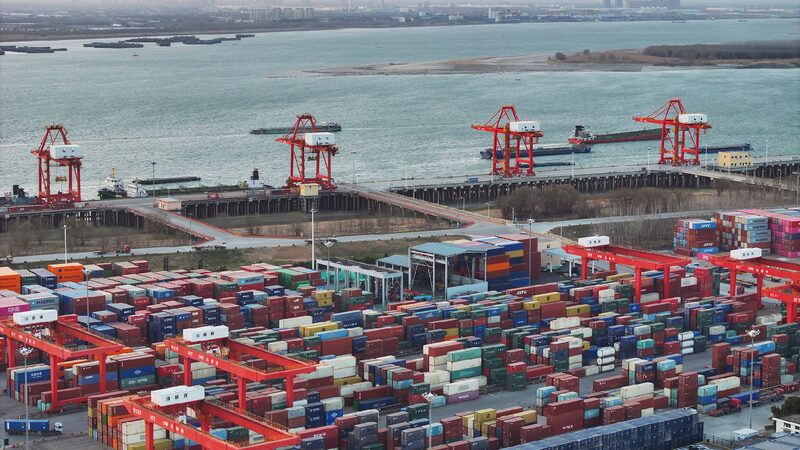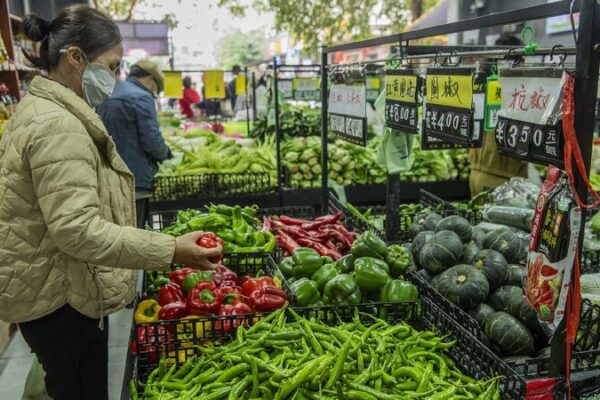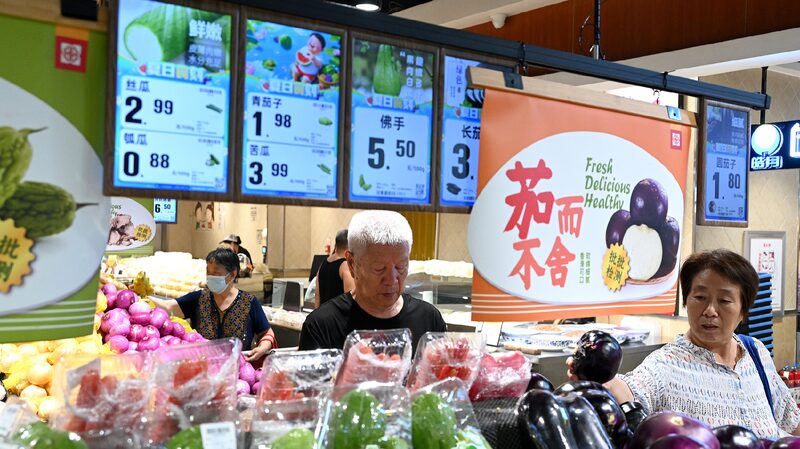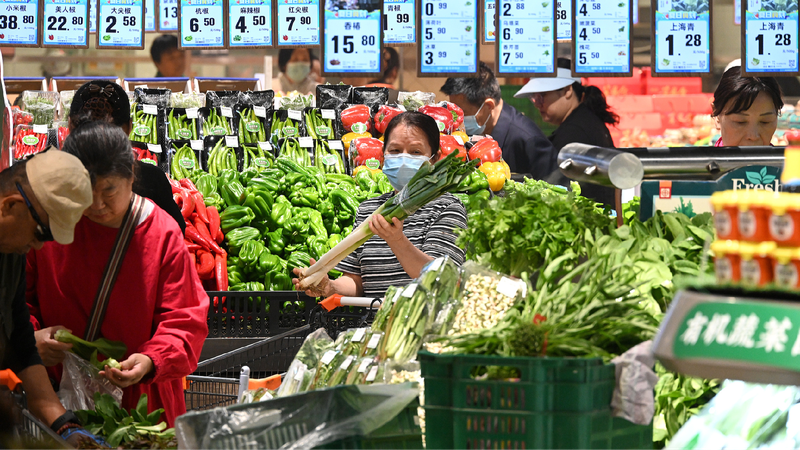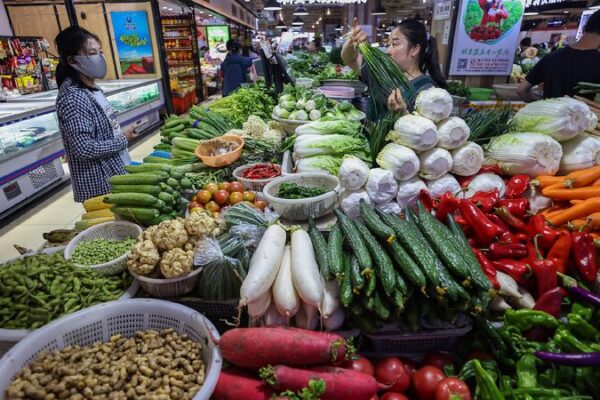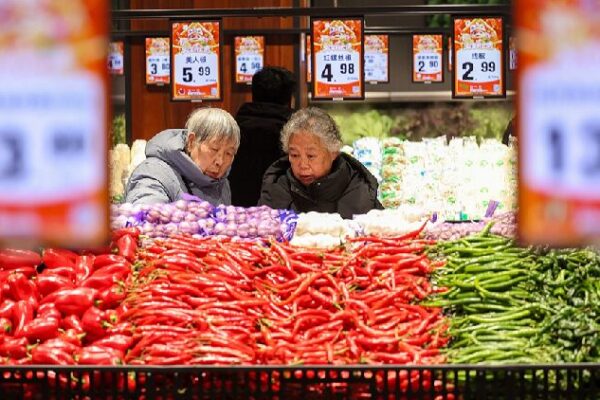China’s economy is off to a stable start in 2025, with prices holding steady amid signs of a steady recovery. The National Bureau of Statistics released data showing that the Consumer Price Index (CPI) rose by 0.5% year-on-year and 0.7% month-on-month in January, while the Producer Price Index (PPI) decreased by 2.3% year-on-year and 0.2% month-on-month.
The slight uptick in the CPI is largely attributed to the Spring Festival, China’s most significant traditional holiday, which boosts consumer spending. During this time, people across the country gather to celebrate, leading to increased demand for food, travel, and services.
Spring Festival Boosts Consumer Spending
Every year, the Spring Festival brings a surge in consumption. Families stock up on traditional foods like pork, vegetables, and seafood, causing temporary price increases. Dining out, social activities, and travel also see a spike, pushing up prices in sectors like hospitality and transportation.
Despite these seasonal fluctuations, food prices have remained relatively stable. Government initiatives, such as pork reserves and supply guarantees, have helped keep essential goods affordable, ensuring that the CPI growth stays within a reasonable range.
Stable Production Costs Keep PPI in Check
The PPI reflects the prices at the production level and directly impacts businesses’ costs. In January, the PPI’s modest decline indicates that production costs are stable. Global commodity prices for raw materials like oil and steel have not seen major swings, reducing pressure on domestic manufacturers.
China’s focus on high-tech industries and green energy through supply-side reforms has also supported PPI stability. While some industries face challenges due to environmental policies and market competition, these pressures have been manageable.
A Foundation for Continued Growth
The stability in both CPI and PPI provides a solid foundation for China’s economy as it moves forward in 2025. With prices remaining steady, there is ample room for macroeconomic policy adjustments to support growth and prevent issues like stagflation.
However, the data also highlights long-term challenges, such as insufficient domestic demand and the need for industrial transformation. Policymakers are encouraged to balance efforts to stabilize growth with economic restructuring.
Looking Ahead
Several factors could influence price trends throughout 2025. Global economic conditions and commodity prices may introduce some volatility to the PPI. Domestic factors, including consumer demand changes and government pricing policies, will also play crucial roles.
Measures to revitalize key sectors like real estate, increase household incomes, and promote industrial upgrades are essential. These steps aim to inject lasting momentum into the economy, support moderate price recovery, and ensure high-quality development.
Reference(s):
China's price trend remains stable amid steady economic recovery
cgtn.com
